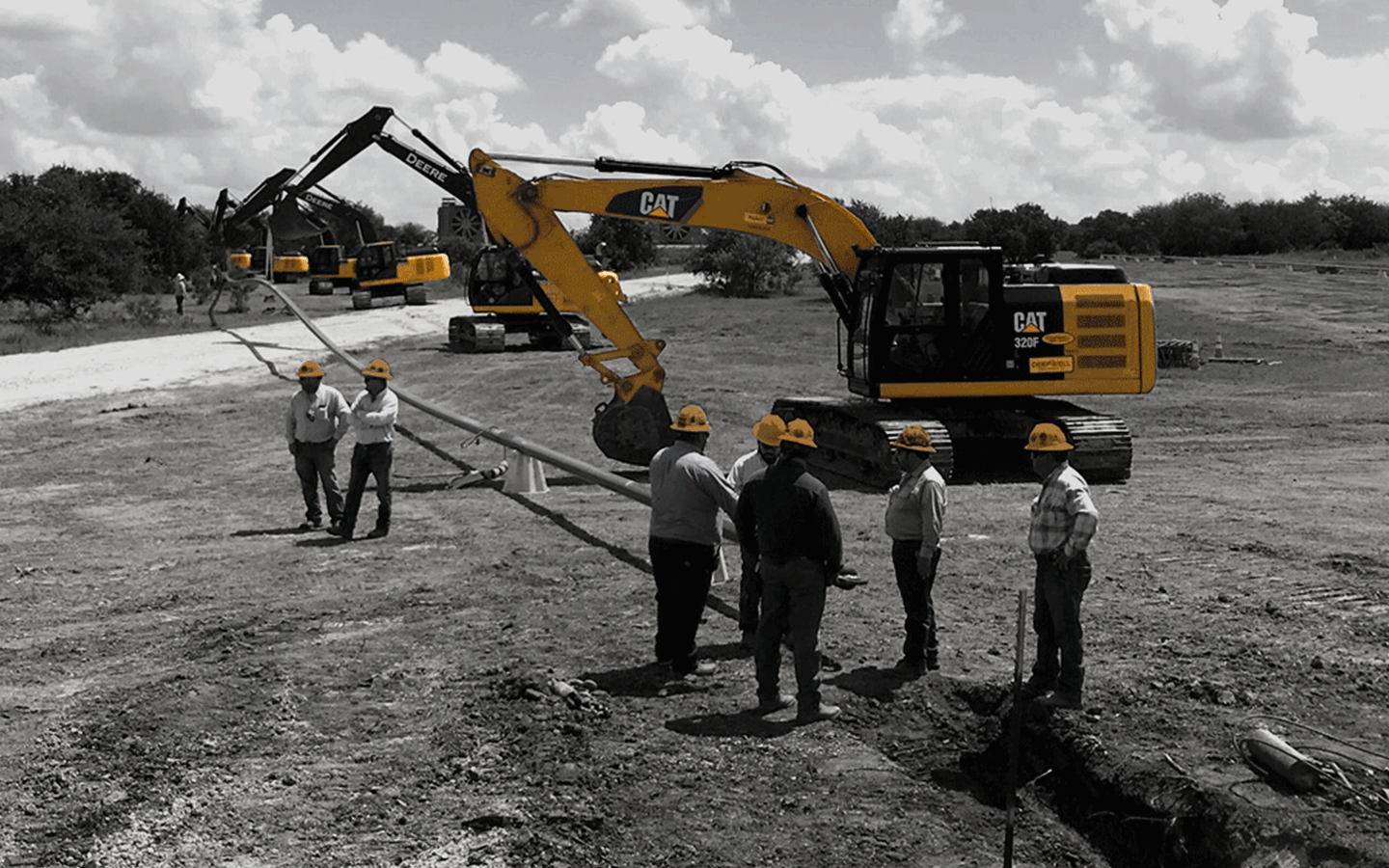Ten essential reasons to choose Superior Oilfield pipeline equipment rentals for safe projects
All Regarding Oil Field Equipment and Pipeline Equipment: Key Insights and Essential Information
Oil field equipment and pipeline systems play an essential role in the oil and gas sector. They are necessary for the efficient extraction and transport of hydrocarbons. Key components, such as drilling rigs and tank, directly impact functional success. Improvements in innovation guarantee to improve safety and performance. Comprehending these aspects is important for anyone associated with or curious about this complicated field, as it establishes the stage for deeper exploration of industry practices.

Overview of Oil Field Equipment
As the demand for oil remains to expand, comprehending the tools made use of in oil areas becomes increasingly crucial. Oil field equipment includes a variety of machinery and devices important for expedition, extraction, and processing. Secret parts consist of drilling rigs, which are critical for getting to oil tanks, and production devices, such as separators and pumps, that help with the removal process. Superior Rentals midland. In addition, tank play a significant duty in holding petroleum prior to transport. Safety and security tools, consisting of blowout preventers and pressure evaluates, ensures operational safety and effectiveness. Each piece of tools functions cohesively to enhance manufacturing and maintain efficient workflow. Experience with this devices is important for specialists in the sector to assure effective operations and adherence to security standards
Sorts Of Drilling Rigs and Their Applications
Drilling rigs work as the foundation of oil removal procedures, with numerous types developed for specific geological problems and functional demands. One of the most common types consist of rotary boring rigs, which use a turning drill bit to penetrate the earth, and wire tool rigs, known for their percussion exploration method. For overseas procedures, jack-up rigs and semi-submersible rigs provide stability and assistance in marine atmospheres. Furthermore, directional exploration rigs make it possible for operators to drill at angles, reaching deposits that are not vertically available. Each gear kind has unique advantages, enhancing performance and security based upon the exploration setting. Selecting the proper rig is crucial for making best use of source extraction while minimizing ecological effect and functional costs.

Important Pipeline Equipment and Their Functions
Pipeline framework is important for the transportation of oil and gas from removal websites to processing centers and end-users. Various important tools components facilitate this procedure. Pipelines themselves work as the key channels, created to withstand high pressure and destructive materials. Pump stations are important for preserving flow by my website increasing stress along the pipeline. Valves play a vital duty in controlling flow and separating areas for upkeep. Additionally, fittings and adapters guarantee secure joints between pipeline sections. Keeping track of systems, including circulation meters and pressure sensors, are essential for spotting leakages and maximizing flow prices. Pigging devices is utilized for maintenance and cleansing, safeguarding pipeline honesty and performance. Together, these elements develop the foundation of a trusted pipeline system.
Developments and Technologies in Oil and Gas Equipment

Safety And Security and Maintenance Practices in the Oil Market
While the oil industry has made significant strides in modern technology and performance, the relevance of robust safety and security and upkeep practices can not be overemphasized. Effective safety procedures are important to secure employees and the atmosphere, minimizing the threat of crashes and spills. Regular evaluations and maintenance of equipment aid determine potential issues before they rise, guaranteeing functional integrity. Educating programs for workers are crucial, emphasizing the significance of security recognition and emergency situation action treatments. Additionally, adherence to sector guidelines and standards cultivates a society of security. Carrying out sophisticated tracking technologies can even more enhance maintenance methods, enabling for real-time assessments of equipment problems. Eventually, prioritizing safety and security and upkeep is important to the sustainability and visit success of the oil sector.
Often Asked Concerns
What Are the Environmental Effects of Oil Field Equipment?
The environmental impacts of oil field equipment include habitat damage, water contamination, and air pollution (Superior Rentals fusion machines). Additionally, equipment breakdown can bring about spills, adversely affecting wildlife and environments, highlighting the demand for rigid policies and monitoring
How Is Oil Field Equipment Delivered to Remote Locations?
Carrying oil field equipment to remote places usually includes specialized vehicles, helicopters, or barges. Logistics companies coordinate paths, making sure tools gets here safely and successfully, considering terrain and availability to lessen hold-ups and optimize productivity.
What Governing Standards Govern Oil Field Equipment?
Regulatory criteria controling oil field equipment primarily include security, environmental management, and functional effectiveness guidelines. Agencies such as OSHA and EPA enforce these regulations to assure safe methods and decrease ecological impact in oil removal operations.
What Abilities Are Required to Run Oil Area Equipment?

How Do Oil Costs Affect Equipment Demand and Use?
Oil prices significantly influence devices need and usage. Greater rates typically result in increased exploration and production tasks, driving demand for equipment. Alternatively, reduced prices may result in decreased procedures and lowered need for tools.